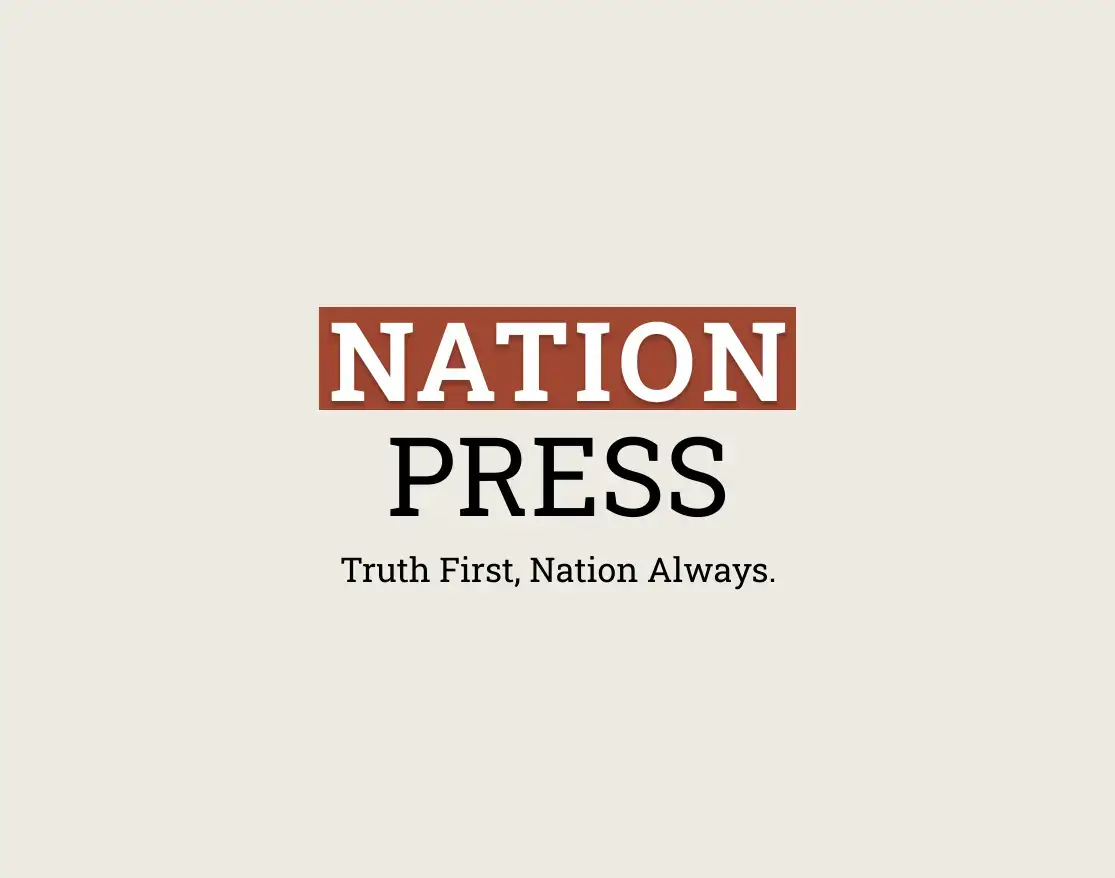Synopsis
Under its new energy plan, South Korea targets over 70% of its electricity generation from carbon-free sources like nuclear and renewables by 2038. The initiative aims to support rising energy demands from advanced industries while pursuing carbon neutrality by 2050.Key Takeaways
- South Korea plans to generate over 70% of electricity from carbon-free sources by 2038.
- Electricity demand is projected to increase to 129.3 GW by 2038.
- The government will boost nuclear and renewable energy shares significantly.
- New nuclear power plants and a small modular reactor are in development.
- Hydrogen and ammonia power will also see increased contributions.
Seoul, Feb 21 (NationPress) Carbon-free energy sources, encompassing nuclear power and renewable energies, are projected to constitute over 70 percent of South Korea's annual electricity generation by 2038, according to the recent national energy strategy released by the industry ministry on Friday.
The nation aims to significantly enhance the share of carbon-free energies in its annual energy supply, targeting a total of 70.7 percent by 2038, up from 39.1 percent in 2023, as reported by the Ministry of Trade, Industry and Energy.
Carbon-free energy sources include nuclear power, as well as solar, wind, and hydrogen power, according to the Yonhap news agency.
The ministry has finalized the national electricity supply plan for the period from 2024 to 2038, aiming to satisfy the rapidly increasing electricity demand driven by advancements in industries such as artificial intelligence (AI) and electric vehicles (EV), while striving for carbon neutrality by 2050.
Electricity demand in South Korea is anticipated to rise by an average of 1.8 percent annually, reaching 129.3 gigawatts (GW) by 2038, up from approximately 100 GW currently.
According to the plan, the government will boost the share of nuclear and renewable energies to 31.8 percent and 18.8 percent by 2030 respectively, and to 35.2 percent and 29.2 percent by 2038.
In 2023, nuclear and renewable energies comprised 30.7 percent and 8.4 percent of the nation’s energy supply.
The government also intends to increase the share of hydrogen and ammonia power from 1.2 percent in 2023 to 2.4 percent by 2030 and 6.2 percent by 2038.
To meet these objectives, South Korea plans to construct two new nuclear power facilities with a total generation capacity of 2.8 GW, set to commence operations prior to the end of 2038.
The upcoming facilities, known as Shin-Hanul 3 and 4, will be developed by the state-run Korea Hydro & Nuclear Power Co., as stated by the ministry.
The nation will also initiate the construction of its first next-generation small modular reactor, which will have a capacity of 0.7 GW, by 2036.











